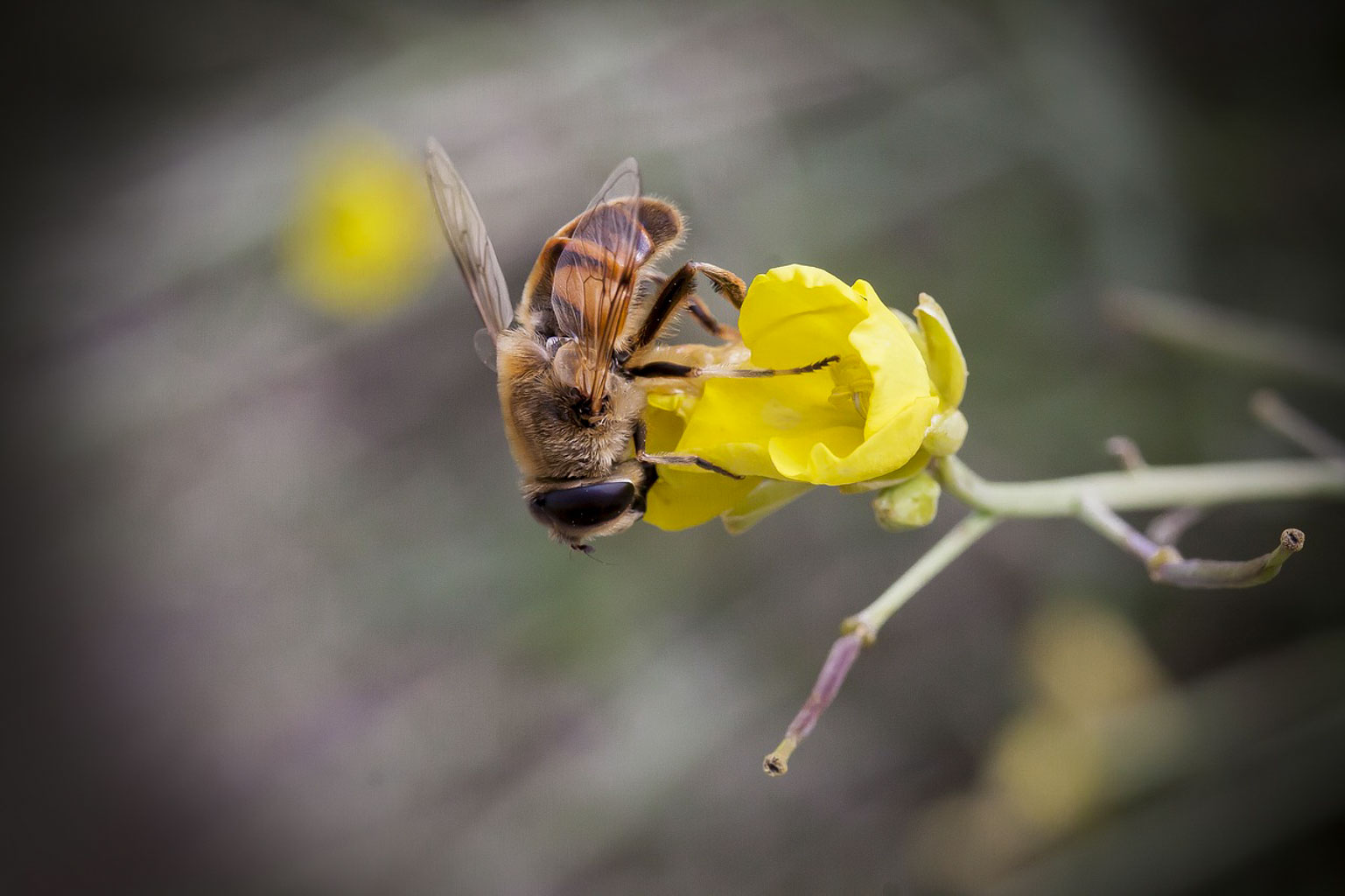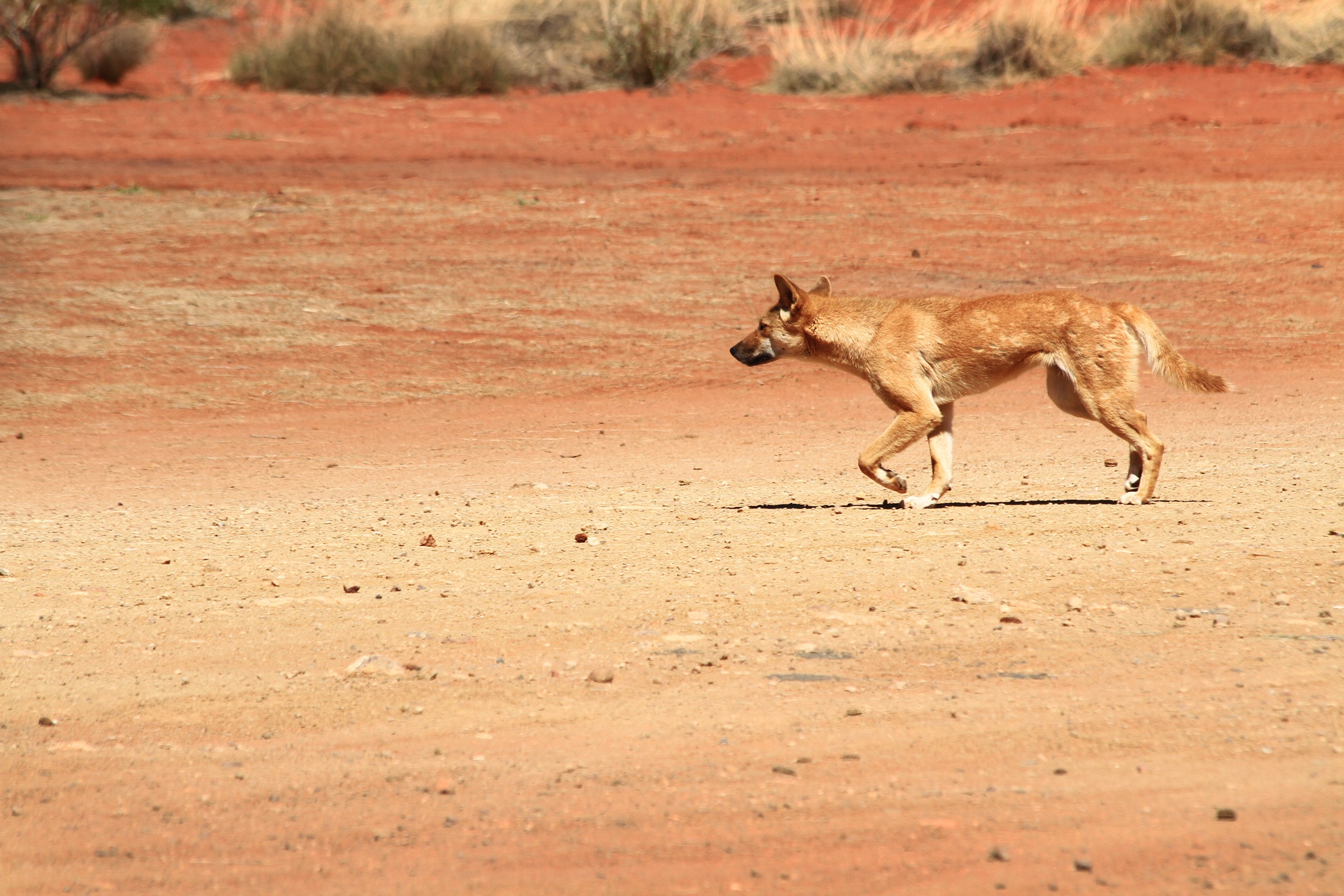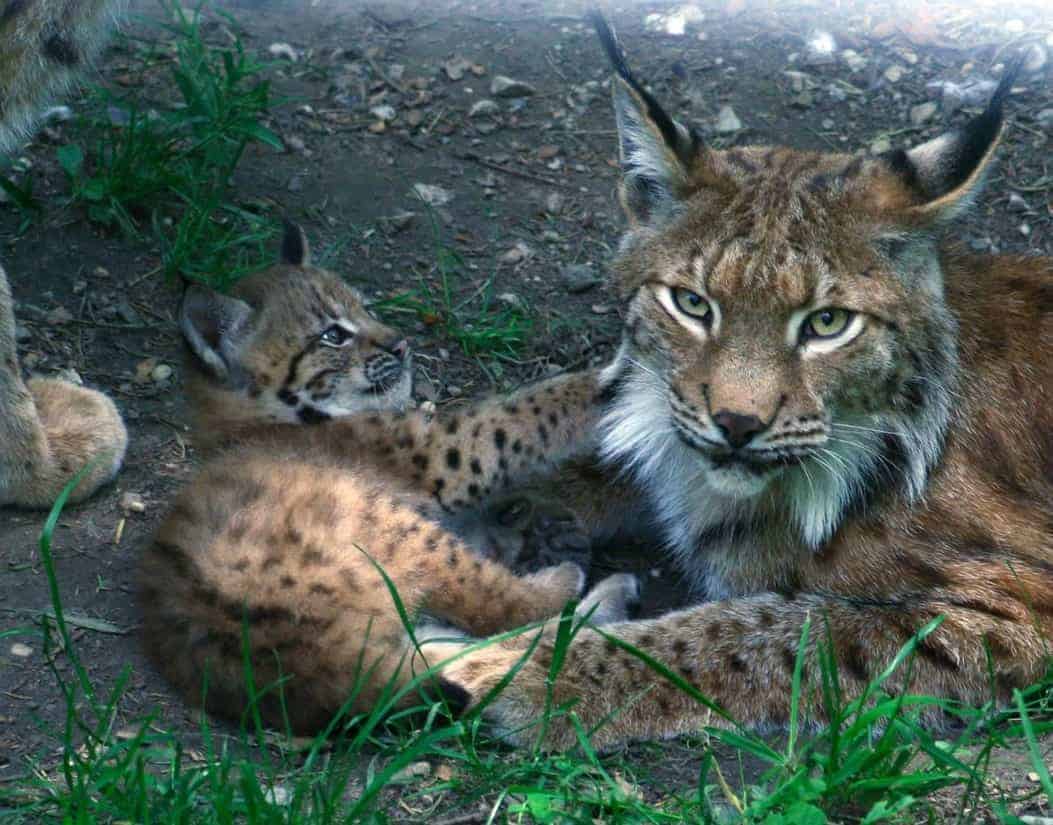Master of camouflage: the green toad is the amphibian of the year 2022
Isn´t the outfit of the green toad reminding someone of a camouflage suit? Actually, they can change their beige green basic pattern from dark to light or vice versa depending on the light, temperature and environment. The German name “Wechselkröte” may also come from its joy in changing habitats. Herpetologists from Germany and Austria nominated this highly endangered toad with the golden green eyes for the amphibian of the year 2022.
Heat-loving steppe dweller
As original step dwellers, green toads like dry, warm habitats. Their habitats are becoming increasingly rare. Therefore, the amphibians often switch to gardens and settlements with swimming ponds. That´s why the green toad also has the nickname “village toad”. Green toads are known to be pioneer species. This means that they migrate a lot and can use newly created habitats very quickly. Such habitats mostly are small, sunny and fish-free waters with little vegetation such as pools, ponds or water-filled sinks in fields and meadows. Their tadpoles can be found easily in shallow waters. They create honeycomb-shaped depressions through their fast movements. Here, the water stays a little longer and protects the tadpoles from drying out.
Talented singers
Green toads spawn between April and June. The male green toad attracts the female with melodious trilling calls. Once a pair has formed, the female deposits thousands of eggs in the form of 3-4 m long spawning lines in the water. The lines are fertilized at the same time by the male clinging to the back of the female. If the spawn and the hatched tadpoles are not eaten by predators, the larvae turn into young toads after 8-12 weeks. They go ashore in the summer, become sexually mature after 2-3 years and come back to the same spawning water which they came from. When suddenly thousands of mini toads populate gardens and paths, this is called “toad rain”. This has unfortunately become a very rare event.
Wanderlust
Green toads often cover distances of several kilometres throughout the year, moving forward with small, fast jumps. Normally, they return to land immediately after the spawning season. The amphibians hide under piles of wood, stones, in mouse holes and caves they have dug themselves during the day and also in winter. Green toads are crepuscular and nocturnal animals and search for food during the night. They feed on insects, spiders, earthworms and snails. They can live up to 10 years.
Toad in need
The green toad is classified as endangered in Austria, as highly endangered in Germany and is already extinct in Switzerland. Due to the alarmingly declining populations it is also listed in Annex IV of the Flora-Fauna-Habitat Directive of the EU.
Actually, the green toad follows human settlements and has even benefited from humans for a long time. But today the loss of habitat is causing them major problems.
One main reason for the population decline is the change in land use due to increasingly industrialized agriculture with drastic biotope losses and fragmentation of the remaining populations. As migratory species, the green toad is also seriously affected by the dissection of its habitats by roads as well as large-scale ground sealing. The green toad finds important retreats in excavations or mining areas. Hence, the backfilling of sand and gravel pits or changes in the use of opencast mining are also among the risk factors.
Support the green toad
This pretty amphibian can benefit from garden, village and swimming ponds, as long as they have little vegetation and are free of fish. To ensure that these waterbodies do not become death traps for the animals, it is important to enable them to exit independently. Furthermore, natural gardens provide important rural habitats. In return, the green toad eliminates unwelcome pests, which is why it is a very welcome guest in nurseries. On the large scale, it is necessary to create natural areas and gardens in villages and towns, extensively cultivated meadows and migrating corridors to ensure the survival of the green toad in the long term.
If you are able to observe the green toad, you can count yourself lucky! It is important to immediately report the observation to national herpetologists or databases. For Austria, this is here, for Germany, more information can be found here.
Also listen to our podcast on amphibians (in German) to learn more about these fascinating animals!








Fortunately, it seems, there’re still happy in our garden. One from today: https://twitter.com/VladimirJanovic/status/1520839480906760192?s=20&t=agVQDCXMNOmjWLSYYQFrjQ